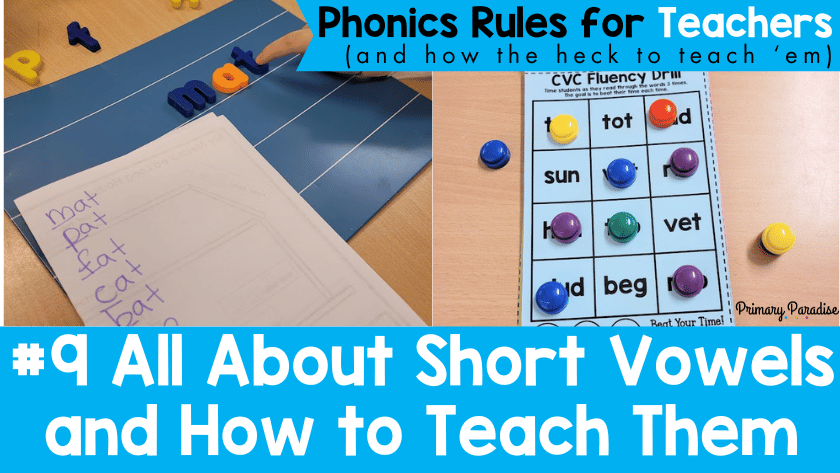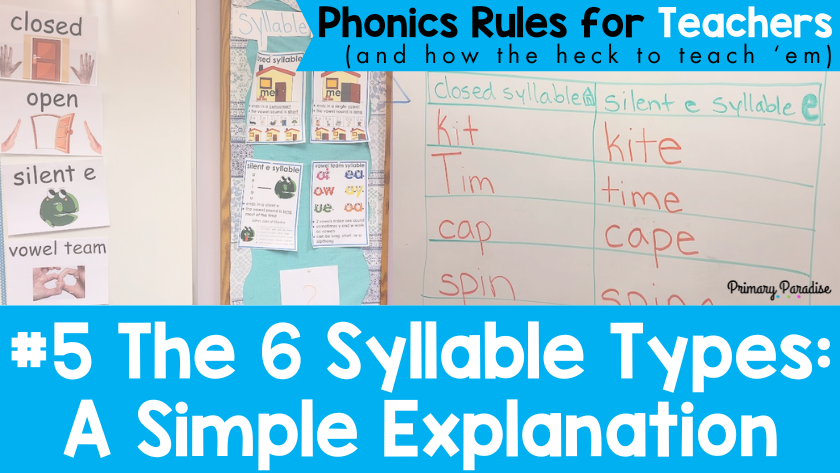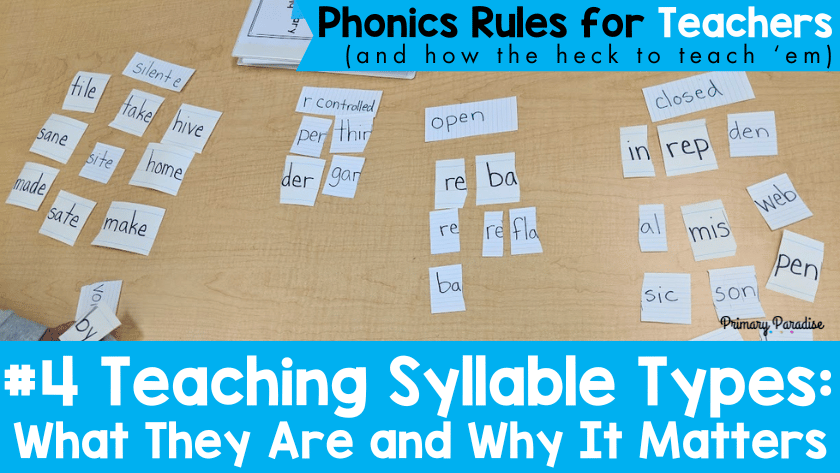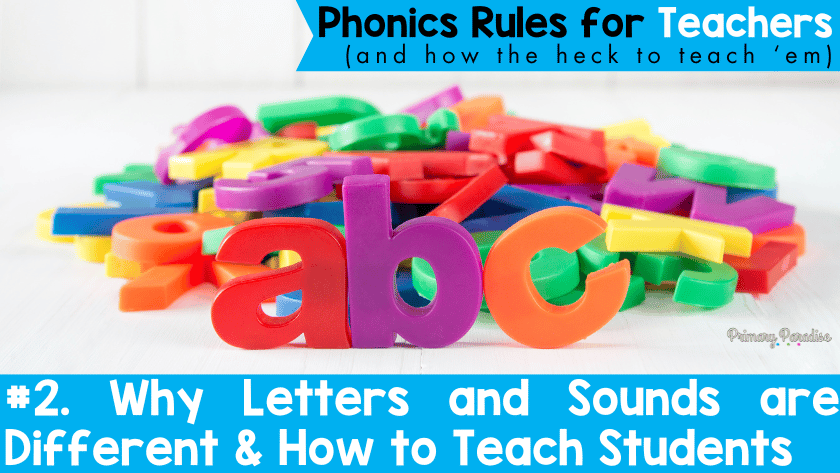Short vowels are typically the first vowel sounds that children learn, but why is that? Let’s take a look at what short vowels are, some important facts for understanding short vowels, and how the heck to teach this important phonics concept to your students. This is post 9 in my series Phonics Rules for Teachers (and How the Heck to…
Which is the best letter sound order? Is there one correct phonics scope and sequence that follows the science of reading? What does the research say about the sequence in which we teach our students phonics? You probably know that structured literacy requires just that: a structure. However, it can feel overwhelming to determine which order to teach sounds. Let’s…
Understanding the basics of the 6 syllable types is a great place to start with if you already know what a syllable is and why you should teach it to your students. The What and Why were covered in the last post of Phonics Rules for Teachers (and how the heck to teach ’em) . Now we’ll explore each of…
Syllables are a key building block of the English language and are an important part of strong phonics instruction. There’s a whole lot more to syllables than just clapping out how many a word has and moving on. Understanding the 6 syllable types and using them to help read and write helps the English language make sense. This post will…
Understanding the difference between letter names and letter sounds is one of the first steps of phonics instruction. People often use letter and sound interchangeably, but they’re not the same thing. Let’s explore why letters and sounds are different . We will also explore strategies to teach these concepts to our students in a simple and meaningful way. Would you…




